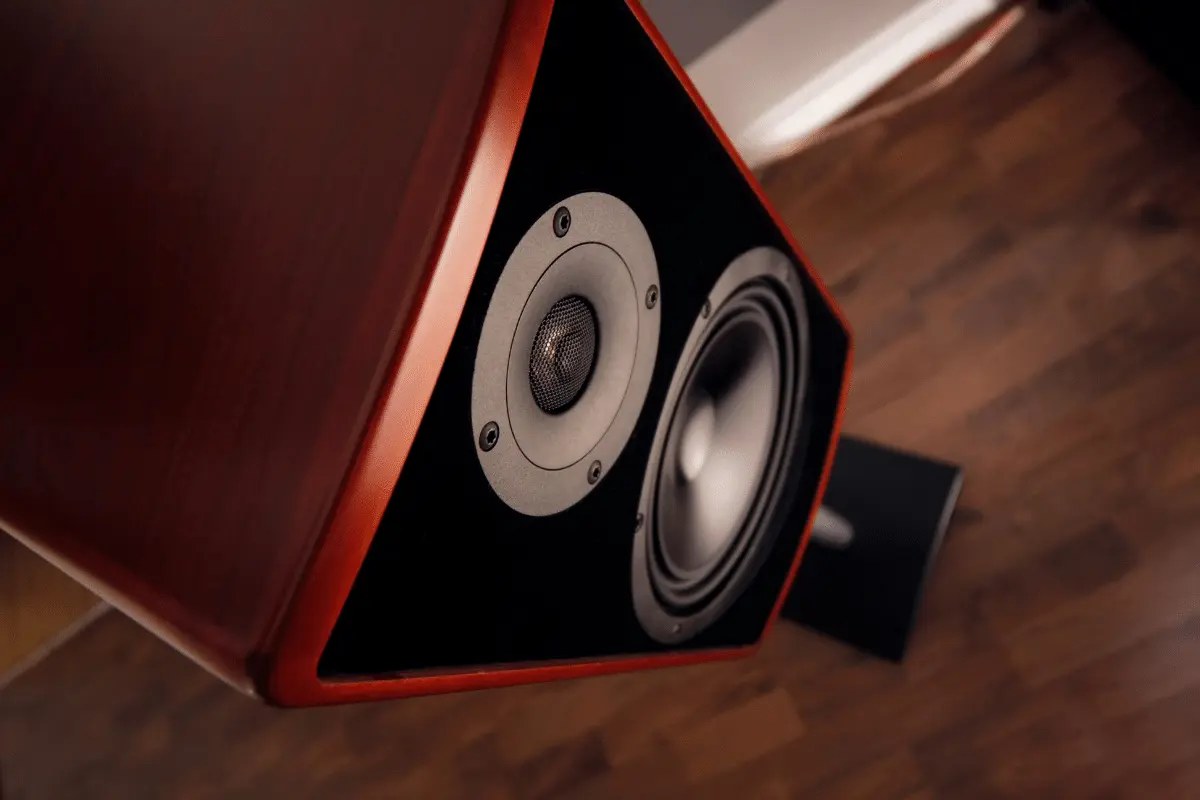Headphone sound quality depends heavily on its impedance. People often ask whether they need an amp for their new headphones. There are plenty of contradictory opinions on the topic, and it can get confusing for a lot of people. Do you need an amp for 80-ohm headphones is one of the most asked questions of new purchasers.
The 80-ohm headphones will perform reasonably well without an external amp. So, they are very suitable for mobile devices. But a dedicated amplifier will make them perform immensely better.
80-ohm headphones are fairly widespread, and you will often see a lot of streamers using them. It is at a level between professional and casual. Most people who use them for more professional applications would pair them with a suitable amp.
I will discuss everything you need to know about amps and headphones in the following sections of this article.

Impedance And Sensitivity
Impedance and sensitivity are crucial things if you want to understand amps. Most headphones come with a specification for impedance that defines how much power the headphones need for optimal performance.
The upper limit of impedance for an audio device is generally around 600 ohms. The lower limit starts at around 8 ohms, while the most common ohm range is around 35 ohms.
This is usually due to the popularity of mobile devices. The range below 35 ohms does not require too much power, so mobile devices can easily support them.
Since the energy consumption is low, It does not make sense to use amps with these headphones. To be more specific, you do not need amps for anything lower than 50 ohms. Most devices can handle the power draw of those headphones without external aid.
It gets trickier when you venture into the range of 50 ohms and up. These headphones can usually work fine without an amp, especially if you are not doing anything too technical. But this way, you can never utilize their full potential without using a compatible amplifier.
I’m sure you can imagine just how bad do 80-ohm headphones sound without an amp.
Sensitivity is an audio measurement that indicates the accurate volume for 1 mW of power. It is also known as “frequency.” Sensitivity is affected by the amp. It can increase the upper threshold of volume on your headphones.
However, sensitivity requirements can get tricky if you are tuning for a specific music genre. For example, pop music’s dynamic range is around 10 decibels.
What Does An Amp Do?
Think of headphone amps as miniature power supply units. It is an amplifier that powers your headphones separately from your corresponding device. In most cases, low impedance headphones will never need an amp, as your device can provide them with more than enough power already.Â
Most high-impedance headphones require a corresponding amp to function. But power allocation is not the only thing that a headphone amp does. Some amps also come with digital to analog converters.
They can also help you connect to audio devices that do not have a suitable port for the headphones.
Benefits Of Getting A Headphone Amp
Many people are under the impression that getting an amp will instantly make their headphones a godly instrument. That, however, is not always the case.
You cannot expect a high return for your investment unless your headphones are sufficiently high-quality. There will be some noticeable improvements in most cases.
Here are some notable benefits of amps:
Reduces Distortion
High impedance headphones have a much lower distortion range than their low impedance counterparts. Low impedance headphones have more volume at a similar power range, but that usually results in a drop in audio quality.
High impedance headphones are nowhere near loud enough without a decent amp to power them.
In some cases, high impedance headphones can show increased audio quality if you pair them with good amps. The more you need to raise the volume, the more distortion you will get.
An 80-ohm headphone without an amp will have a very low audio range, so you have to turn the volume all the way up.Â
Improves Impulse Response
The impulse response is a crucial aspect of good-quality headphones. Headphones need to reproduce the dynamic signal input accurately to reproduce the sound. The higher the reproducing accuracy, the better sound quality you get.
Headphones use acoustical damping and electrical damping to achieve this effect. All these things consume a lot of power. So, most headphones can’t achieve it without the support of an amp.
High impedance headphones also need to balance their impedance with the output stage’s impedance in a 1:8 ratio to see the best results.Â
Mobility
Aside from sound fidelity, you also get a lot of utility value from a headphone amp. Most people have their HiFi systems in their living room or bedroom. That is not something you can carry around all the time.Â
But you might need to use your headphones on the go, or in a different room from time to time. A portable amplifier will come in exceptionally handy in such a situation.
How To Choose A Suitable Amp For 80-Ohm Headphones?

Amplifiers are not homogeneous. They have a lot of separate specifications and functions. So it is important to check the specs before buying one. Here is a list of things you need to watch out for:
Power Rating
Blindly getting a high-power amplifier is not always a good thing. Getting one with too low power will also not give you the optimal results. There’s a specific ratio for choosing the best power output range.
Generally, you want to get an amplifier that has double the power rating of the headphone speaker. Most headphones need very little power. Even a tenth of a watt is more than enough for some.
But you need to check your headphone’s sensitivity rating to come up with an accurate range.
Headroom
The headroom refers to the range of noise you can have through an amp. In short, it dictates how high a volume you can reach before the sound starts to break and distort.
Planar headphones generally need a lot of headroom for the best output. More headroom will passively enhance the audio quality you perceive. Headroom also helps you increase the dynamic range of your audio.
A lack of headroom can easily bottleneck your audio quality.
Amplifier Type
First comes the most common solid-state amps. These are cheap, supply a lot of power, and use transistors in the circuitry. You will see them on most mobile devices.
The second type is vacuum tube amps. These are a fair bit more complex and sound more organic. Many people prefer vacuum tube amps over solid-state for the tube sound.
The “tube sound” refers to the distinct sound style that you can only get on vacuum tube amps. Even the hybrid amps cannot recreate the effect to its full extent.
The last kind is a mixture of both. The hybrid amps offer a mixture of rich organic audio with the power supply of a solid-state amp. You can also alter the sound quality of these amps by rearranging the tube system.
Conclusion
Do you need an amp for 80-ohm headphones? In short, yes. You can get a decent amount of audio fidelity without an amp on an 80-ohm headphone, but it won’t be the best your headphone can offer without purchasing an AMP.Â
Thank you for making it all the way to the end of this article!






Leave a Reply
You must be logged in to post a comment.